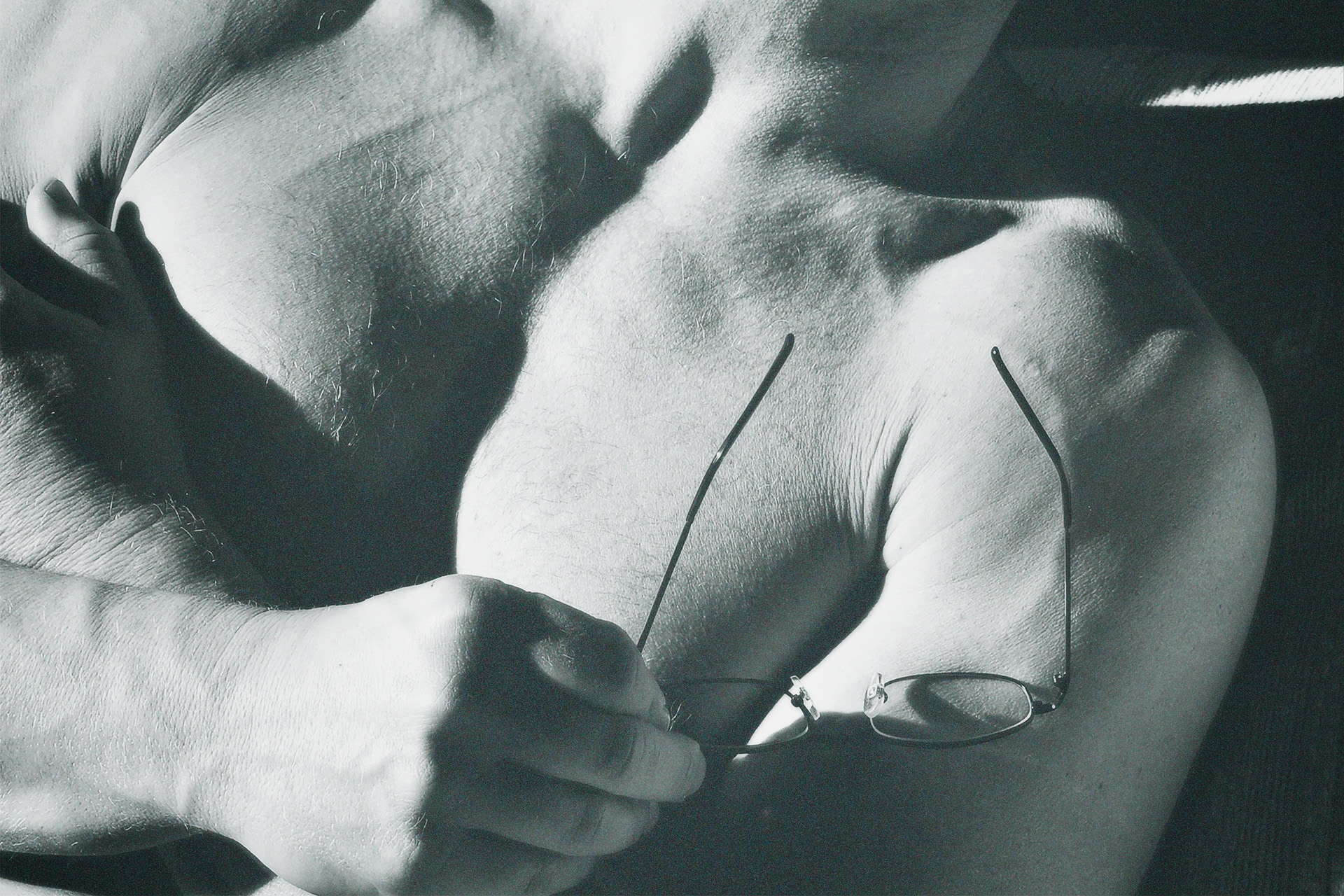Nipple size and shape play a crucial role in the overall appearance of the breasts. Fortunately, various cosmetic procedures are available to address concerns related to nipple and areola aesthetics.
Overview
The nipple and areola are essential components of breast anatomy, significantly impacting breast appearance. Many individuals opt for procedures to enhance their nipple shape and size to achieve their desired breast look. Both breast surgery and nipple surgery are common, often performed for cosmetic reasons or as part of breast reconstruction following conditions like breast cancer. Issues such as large or small nipples, nipple inversion, or areola abnormalities can be effectively addressed by a board-certified plastic surgeon using well-practiced cosmetic procedures. Some patients choose to combine these surgeries with a breast lift or breast reduction to further enhance the results.
The Specifics
Function and Anatomy of the Areola and Nipple
The nipple and areola are prominent features of breast anatomy. The areola is the darker, hyperpigmented area surrounding the nipple. The bumps on the areola are hair follicles or Montgomery glands, which provide lubrication for breastfeeding. The nipple, protruding from the areola, contains mammary ducts (milk ducts) that connect to the mammary glands within the breast. In both men and women, the tissue composing the nipple is highly sensitive.
Causes of Variations in Nipple and Areola Size and Shape
The size, shape, and overall appearance of the breast, nipple, and areola are primarily determined by genetics. Pregnancy can cause natural breast changes such as increased size, tenderness, and lumpiness. As we age, nipples tend to point downward, and the areola may become more elongated due to changes in breast tissue.
Common Cosmetic Concerns Related to the Nipple
- Nipple Size: Large vs. small nipples are typically assessed relative to the size of the areola and the breast. The average female nipple is approximately 1.3 centimeters in diameter, but there is considerable variation across both men and women.
- Inverted Nipples: This condition occurs when the nipple does not protrude from the areola as expected, which can cause both aesthetic and functional concerns.
- Areola Size: Mostly a matter of perception, the average female areola is about 4 centimeters in diameter. The relative size and position of the areola on the breast can be a source of aesthetic concern.
Candidates for Nipple and Areola Surgery
The decision to pursue cosmetic alterations to the nipple and areola is personal. If the appearance of your nipples or areolas affects your self-esteem or causes concern, a consultation with a plastic surgeon can be the first step toward achieving your ideal appearance. Women who plan to breastfeed should discuss this with their plastic surgeon to ensure that function is preserved.
Procedures to Change Nipple and Areola Size and Shape
Most corrective nipple surgeries are relatively less invasive and have shorter recovery times. A conversation with a plastic surgeon can help determine the most appropriate nipple or areola correction procedure for your specific concerns.
- For Large Nipples: Nipple reduction involves removing excess tissue to decrease the overall size and shape of the nipple.
- For Small Nipples: Nipple augmentation uses injections to enhance nipple protrusion.
- For Inverted Nipples: Inverted nipple correction surgically repositions the nipple to protrude.
- For Large Areolas: Areola reduction affects the size and position of the areola through the strategic removal of areola tissue.
The Takeaway
Nipple and areola size and shape are integral components of breast appearance. Men and women concerned with the aesthetics of their nipples and areolas can benefit from a discussion with a board-certified plastic surgeon to gain a better understanding of the available safe and effective procedures.



